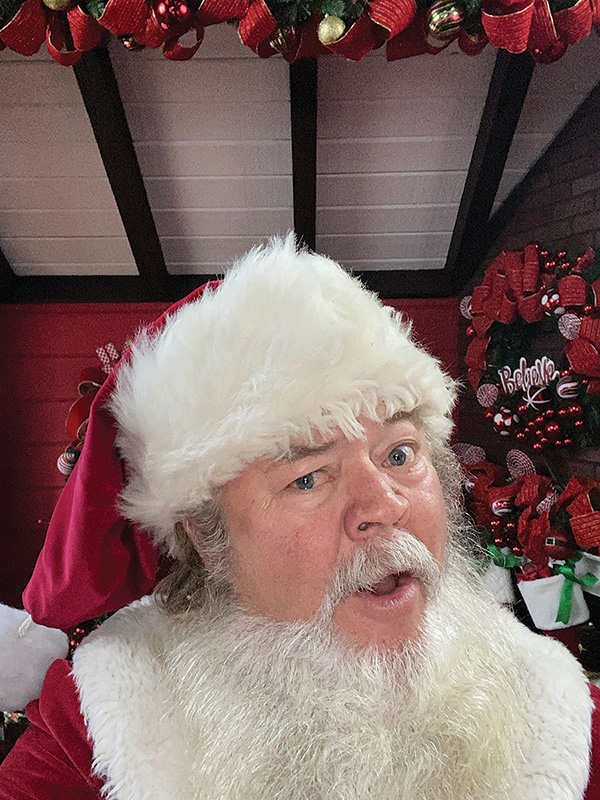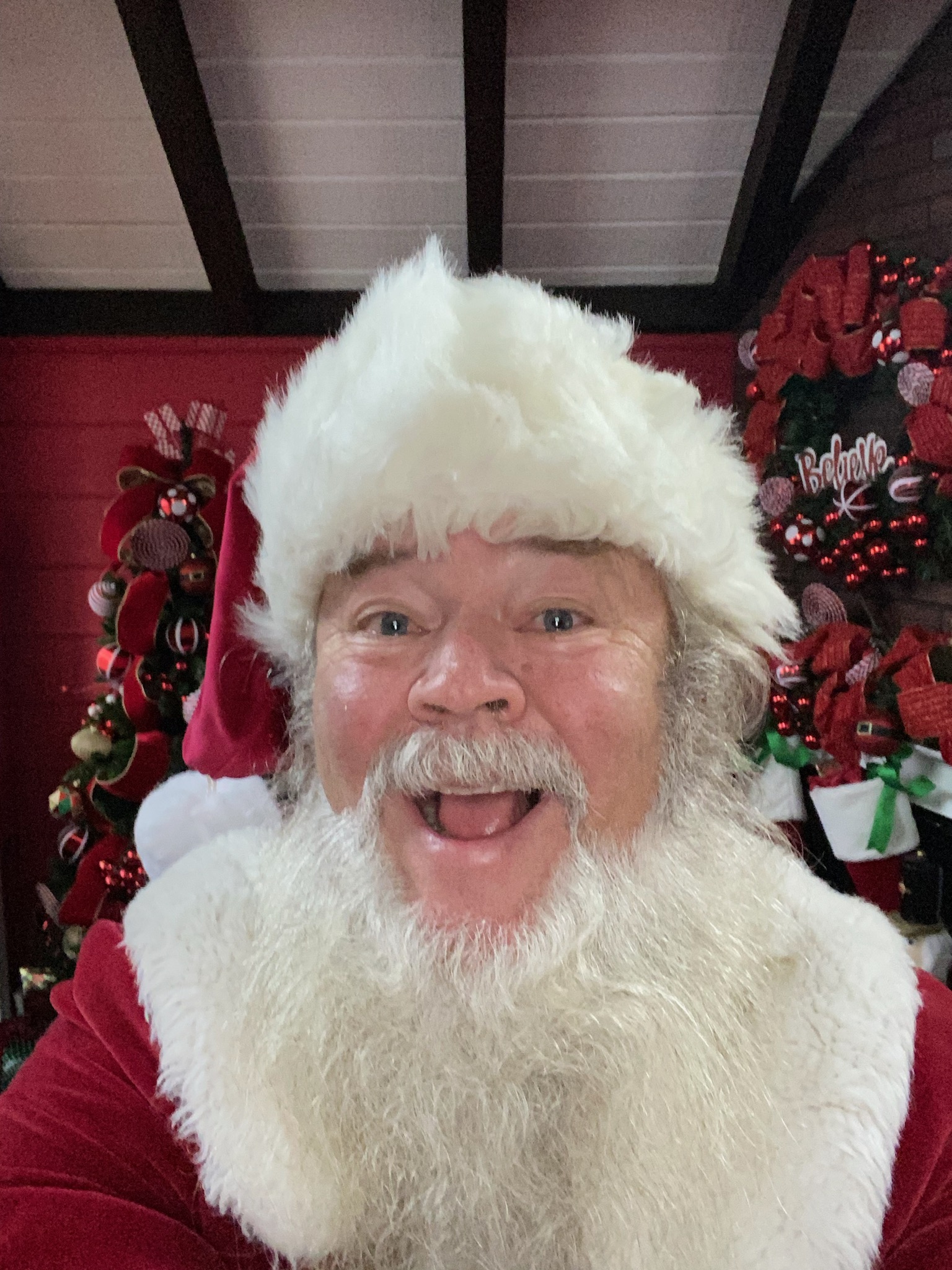Get a picture with Santa for only $25.
Bring the whole family out to see a beautiful Christmas Display with snow, lights to Music and a big screen TV in front of the house.

Santa’s Available
Friday – Dec. 6 – 5:00pm – 9:00pm
Saturday – Dec. 7 – 5:00pm – 9:00pm
Sunday – Dec. 8 – 5:00pm – 9:00pm
Other dates to be determined
6034 El Canon Ave.
Woodland Hills, CA 91367
One Block East of Valley Circle

